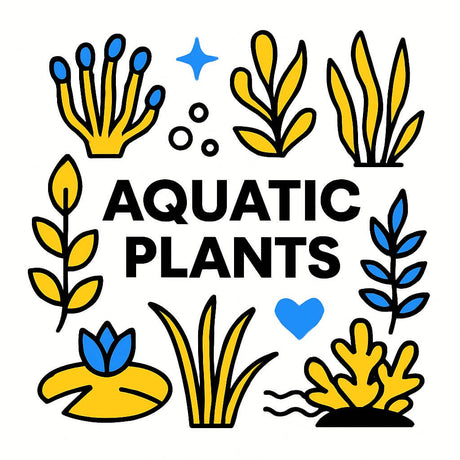Raising Tadpoles to Frogs: A 100-Day Journey Through Metamorphosis
Join me on an exhilarating adventure of Raising Tadpoles to Frogs as we witness the incredible transformation of tiny frog eggs into lively frogs over the course of 100 days. From building a DIY terrarium to navigating the challenges of frog care, this journey is filled with surprises and scientific wonders that will leave you in awe.
Table of Contents
- 🪸 Introduction to Frog Eggs
- 🐸 The First Steps: Hatching the Eggs
- 🌊 Troubleshooting the Tank
- 🎉 The Exciting Arrival of Tadpoles
- 🍽️ Feeding Challenges in the Studio
- 🌱 The Growing Needs of Our Tadpoles
- 🗺️ Adventures in the Everglades
- 😢 Facing Difficulties: Losses and Setbacks
- 🦵 The Thrill of Transformation: Legs and Growth
- 🏡 Building the Perfect Frog Enclosure
- 🌿 Creating a Rainforest Habitat
- 🐸 Introducing the Frogs to Their New Home
- 🌟 Final Thoughts: Reflecting on the Journey
- ❓ FAQs About Raising Tadpoles to Frogs
🪸 Introduction to Frog Eggs
Frog eggs are the beginning of an extraordinary journey. These small, gelatinous spheres may appear unassuming, but they hold the potential for life. Each egg is a tiny universe, housing a developing tadpole. Understanding the specifics of frog eggs is crucial for anyone embarking on the adventure of Raising Tadpoles to Frogs.
Typically laid in clusters, frog eggs can vary in size, shape, and colour, depending on the species. Some resemble tiny beads, while others might look like clusters of jellybeans. The environment in which these eggs are laid plays a significant role in their development. Warm, moist conditions are ideal, providing the right temperature for hatching.
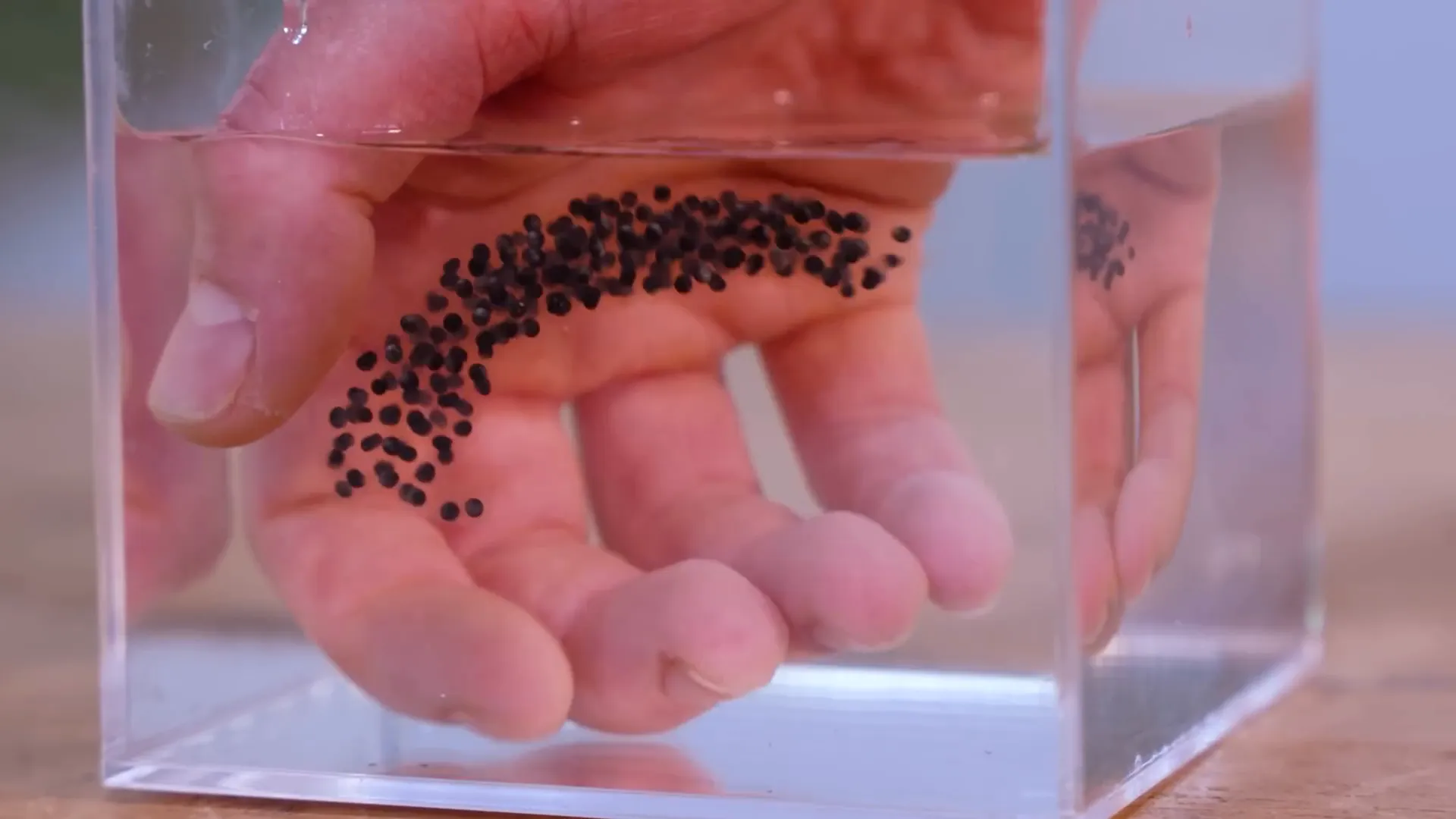
🐸 The First Steps: Hatching the Eggs
Once the eggs are laid, the countdown to hatching begins. Most frog eggs take about 6 to 21 days to hatch, depending on the species and environmental conditions. It's fascinating to witness the transformation from egg to tadpole. But, this stage requires careful monitoring.
Water quality is paramount. Ensure there's no contamination from chemicals or pollutants. Regularly check the temperature and pH levels to create a healthy environment for the eggs. You can even use a small aquarium heater to maintain warmth if necessary.
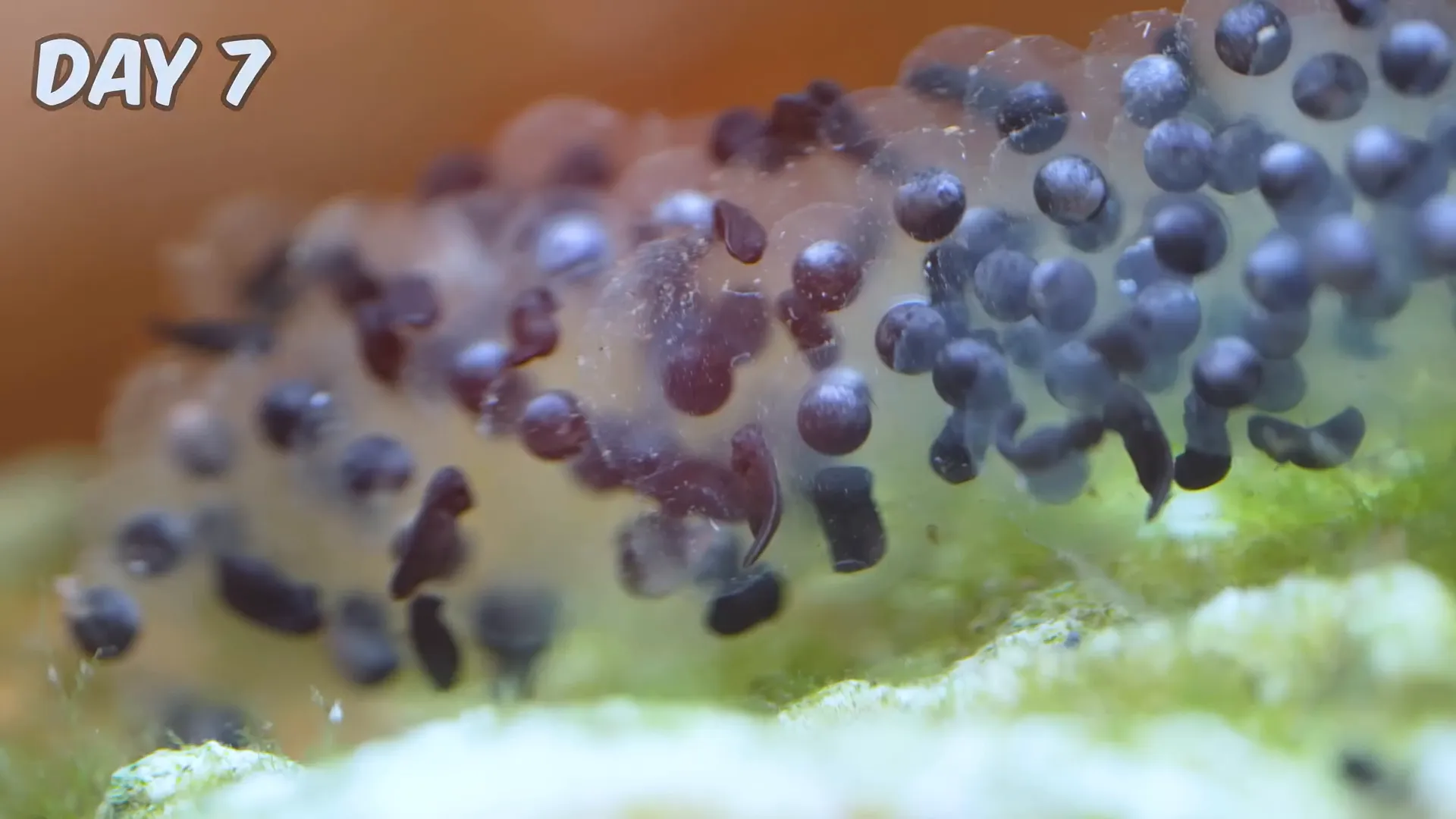
🌊 Troubleshooting the Tank
As you embark on this journey, you might encounter some issues during the hatching process. It's not uncommon to face challenges with water quality or tank conditions. If the eggs aren’t hatching, it could be due to poor water conditions or temperature fluctuations.
Regular water changes can help. Use dechlorinated water to prevent harm to the eggs. If you notice any eggs turning cloudy or discoloured, remove them immediately to prevent contamination. Keeping a close eye on the tank's inhabitants is also crucial; some fish or invertebrates may pose a threat to the fragile eggs.
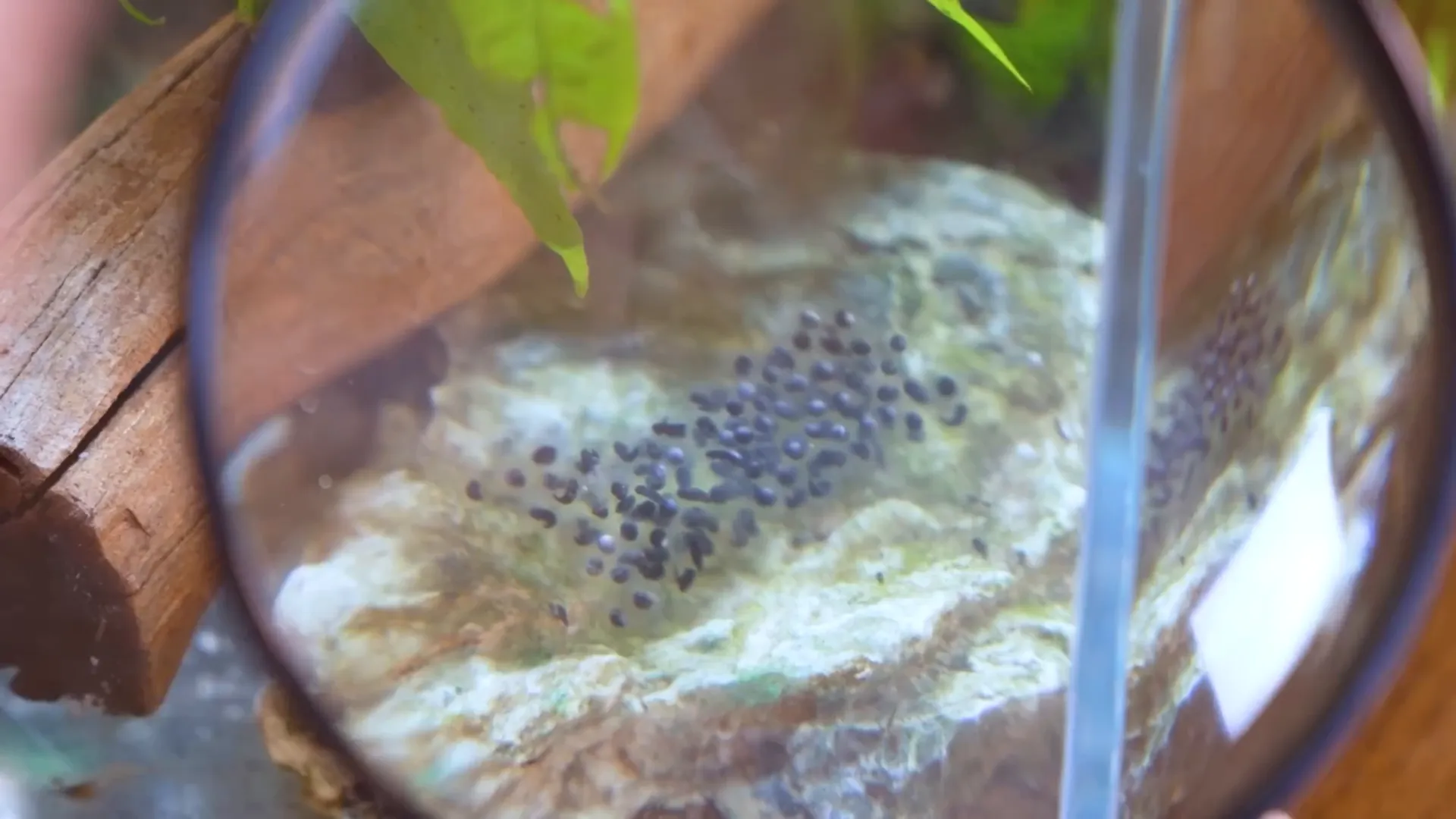
🎉 The Exciting Arrival of Tadpoles
When the tadpoles finally emerge, it’s a thrilling moment. These tiny creatures will start to swim around, exploring their new home. At this stage, they look like miniature versions of their adult selves but without legs. Their tails are perfect for swimming, and they are fully equipped to start feeding.
Providing the right food is essential. Commercial tadpole food or finely crushed fish flakes can be great options. As they grow, you can introduce more varied diets, including algae and small aquatic plants. It's intriguing to watch them grow and develop their unique personalities!
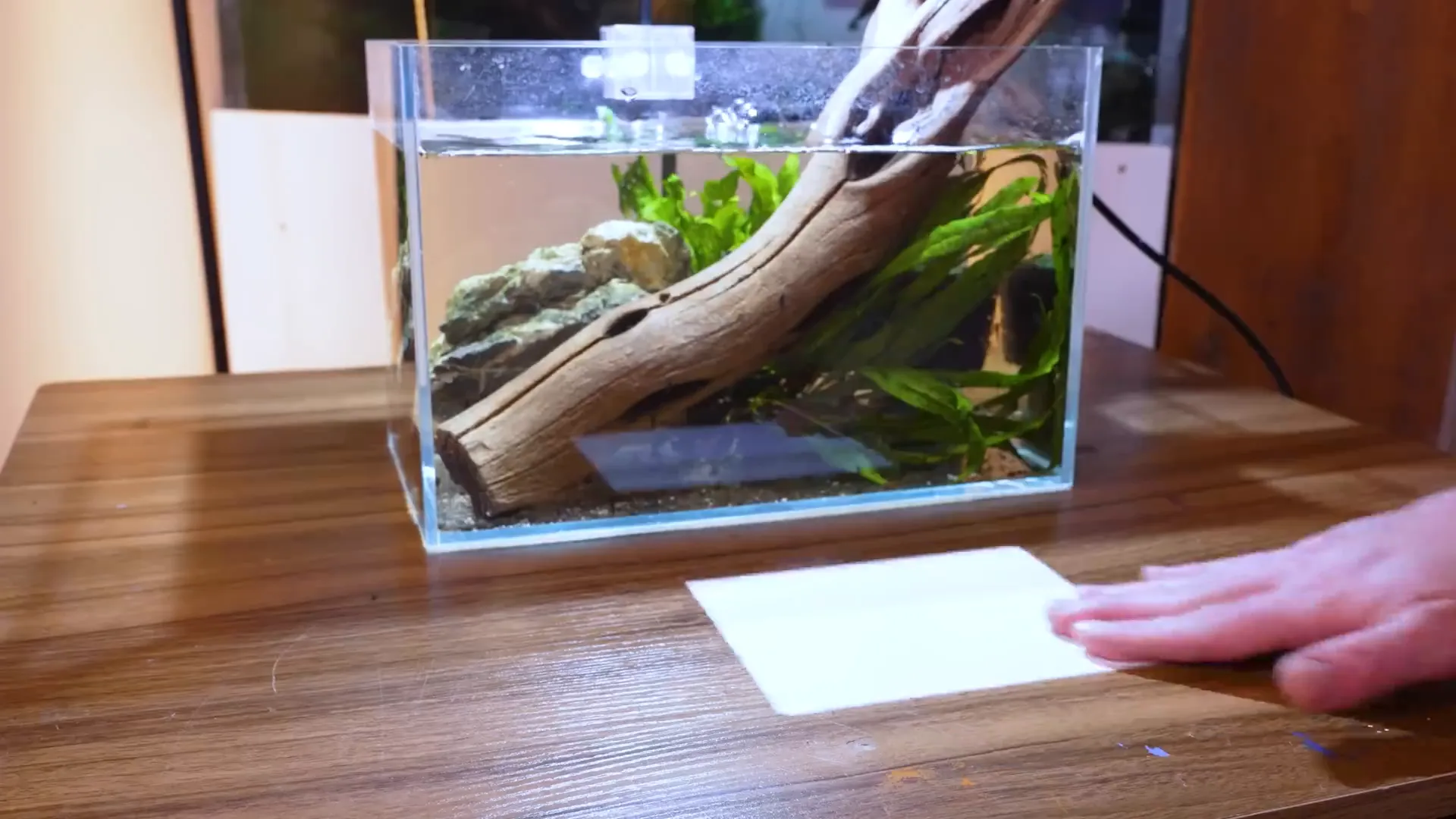
🍽️ Feeding Challenges in the Studio
Feeding tadpoles can sometimes present challenges, especially if they are reluctant to come to the surface. Unlike fish, tadpoles may not readily recognize food. It’s crucial to create a feeding routine that encourages them to eat. You might need to experiment with different food types until you find what works best.
Sometimes, making your own food can be a fun and effective solution. Blending vegetables or even small bits of fish can provide the necessary nutrients. Remember, consistency is key. Regular feeding times will help them adapt and thrive in their new environment.
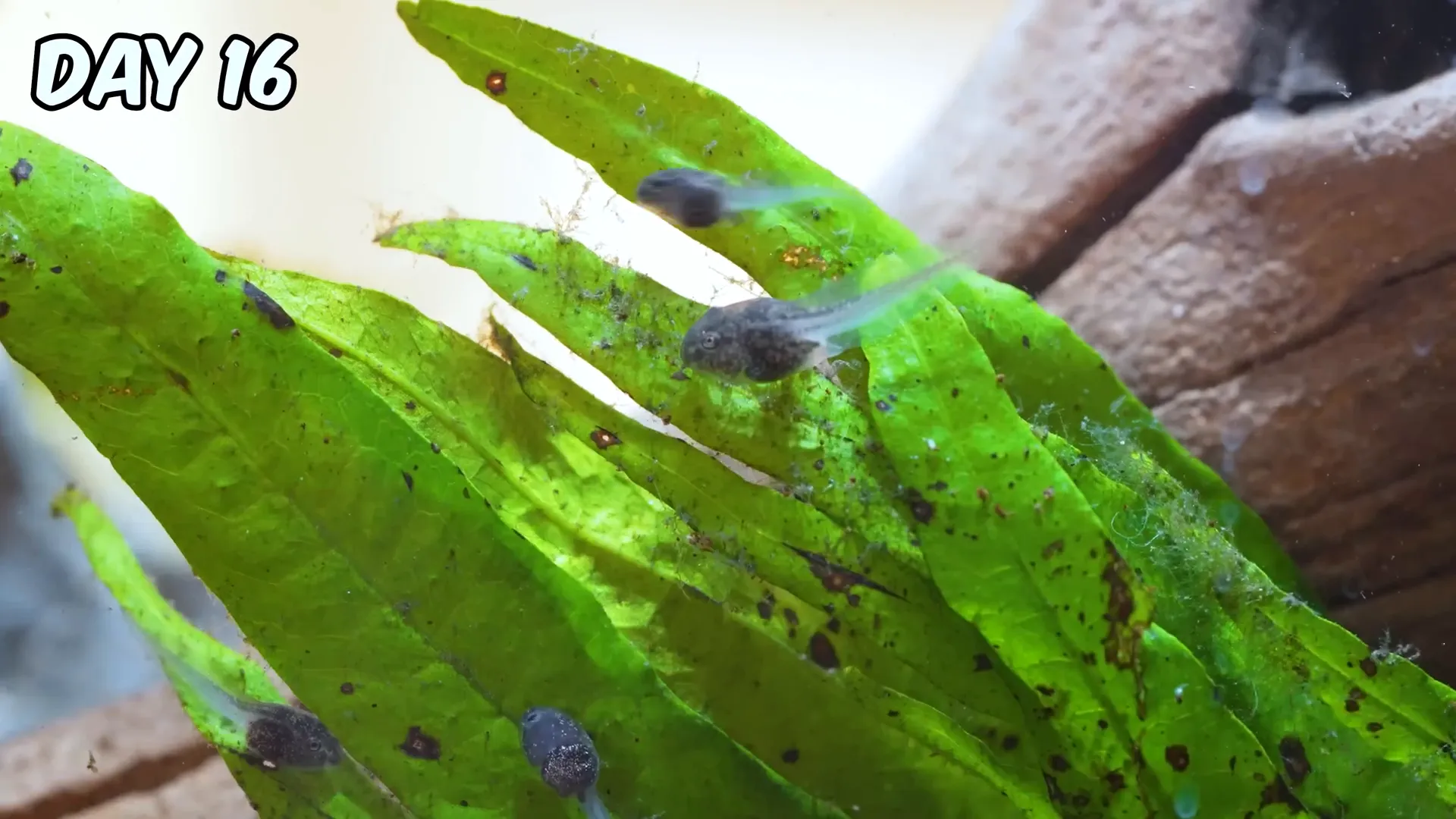
🌱 The Growing Needs of Our Tadpoles
As tadpoles grow, their needs change significantly. They will require more space and a varied diet. It’s vital to monitor their growth carefully; some may outpace others. Providing a larger tank with ample hiding spots and plants can help accommodate their growth.
Adding live plants not only beautifies the tank but also provides essential nutrients and hiding places. The right plants can help maintain water quality and create a more natural habitat. This is an exciting phase as you watch their transformation unfold!
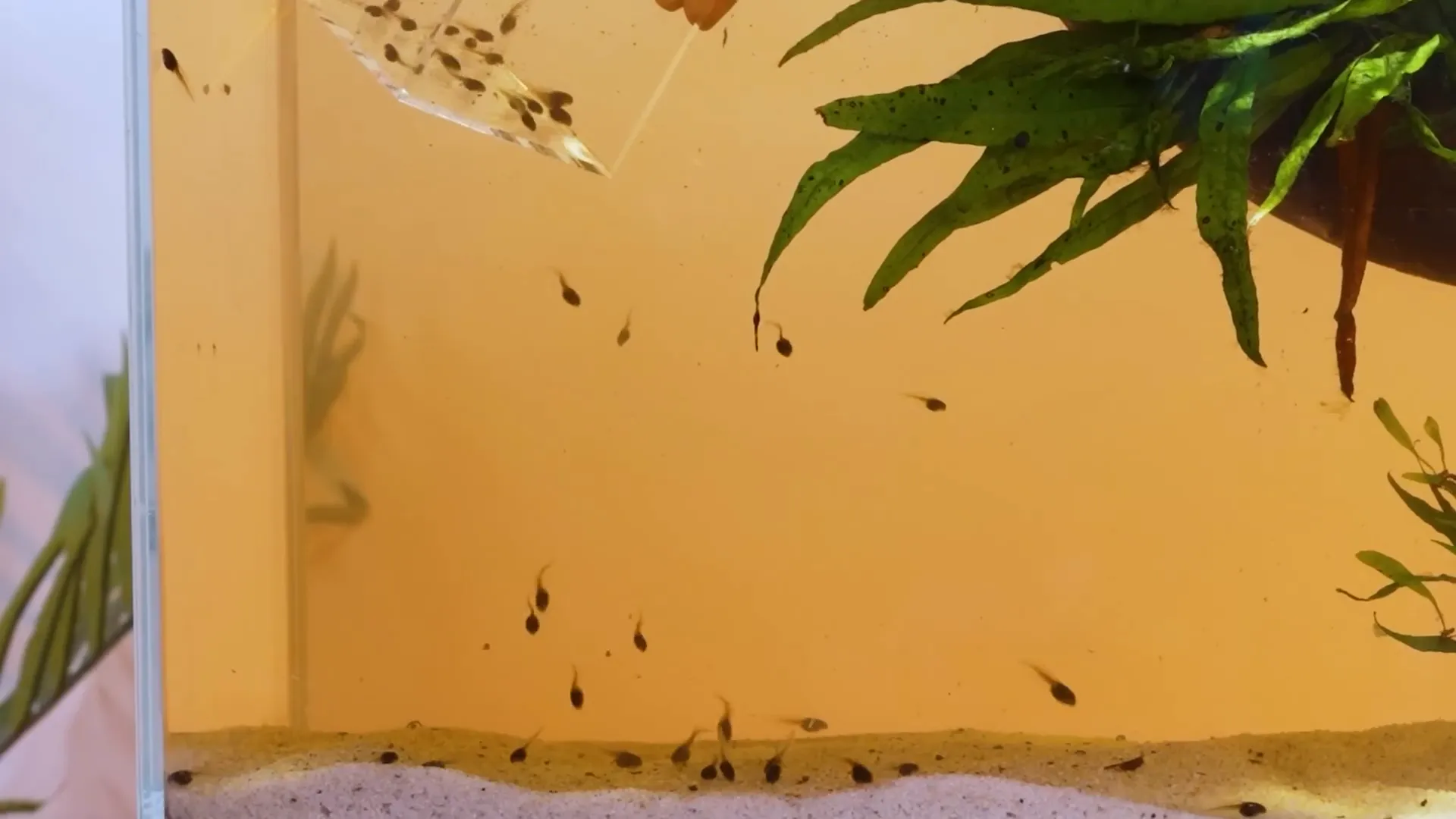
🗺️ Adventures in the Everglades
Exploring natural habitats can be an exhilarating part of the process. The Everglades is a prime location for observing frogs in their natural environment. Here, you can learn about the different species and their behaviours, which can inform your care for your tadpoles.
During these adventures, you might even find inspiration for creating a more authentic terrarium. The sounds of croaking frogs and the sights of their natural behaviours can help you understand what your tadpoles will need as they transition into frogs.
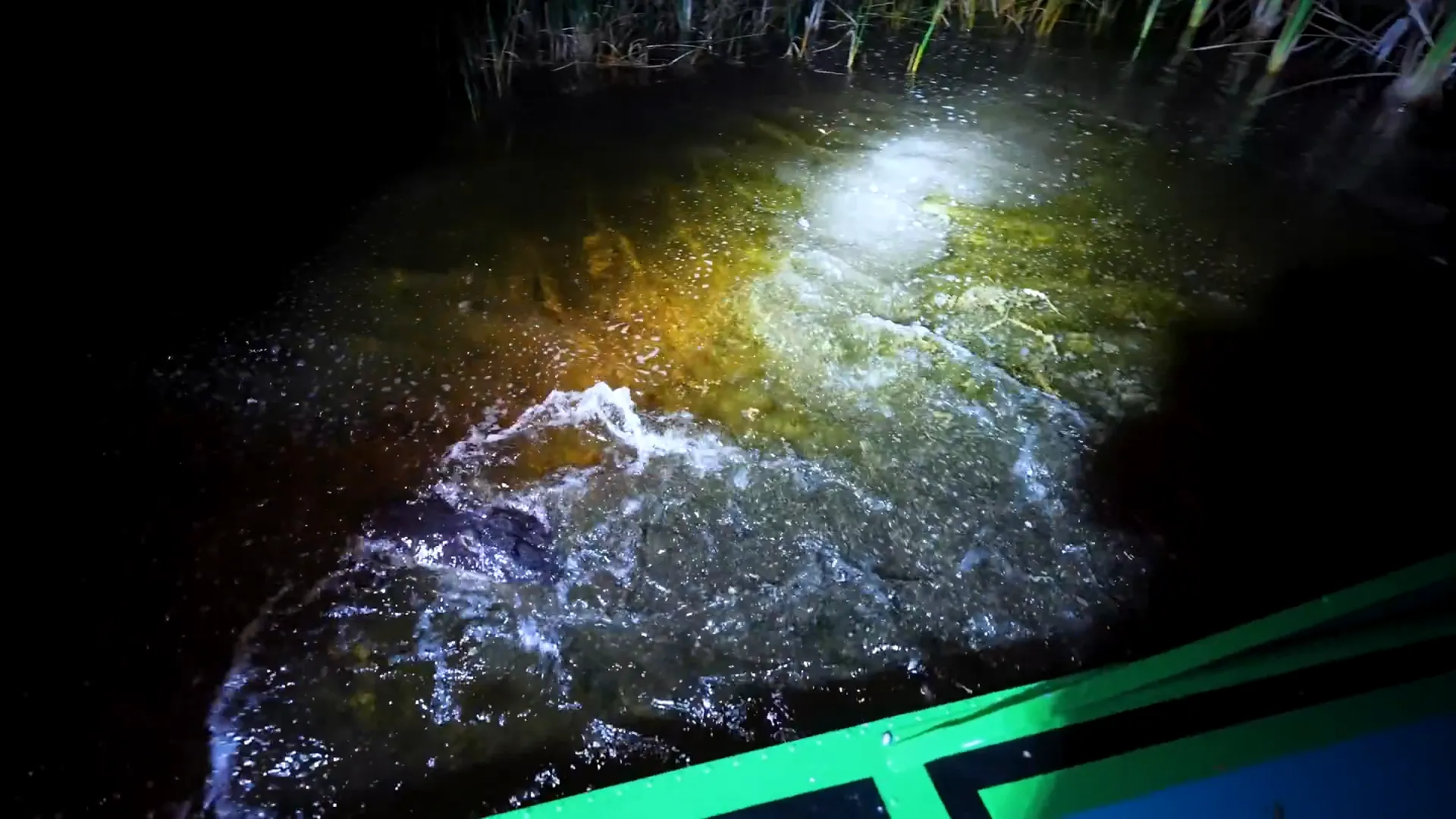
😢 Facing Difficulties: Losses and Setbacks
Every journey has its challenges, and Raising Tadpoles to Frogs is no exception. As our tadpoles grew, we faced unexpected losses that tested our resolve. The vibrant life that filled our tank began to dwindle, and watching them fade away was heartbreaking.
Initially, everything seemed to be going smoothly. Our tadpoles thrived, swimming energetically and exploring their environment. However, as days went by, we noticed a troubling trend. Some of our tadpoles began to disappear, leaving us puzzled and concerned.
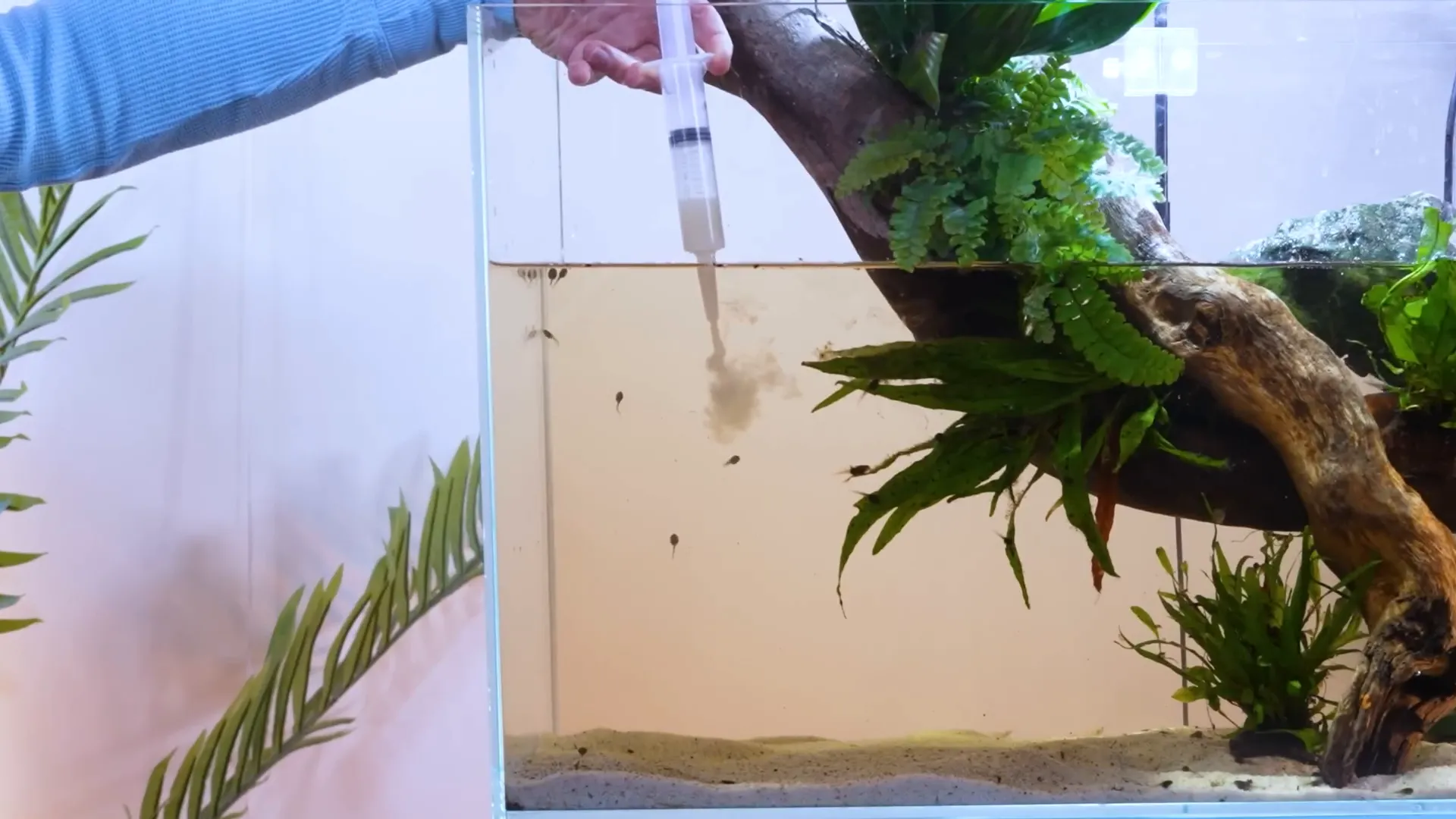
We tried everything: frequent water changes, monitoring water parameters, and even introducing medication. It felt like we were fighting against the odds. The losses were not just numbers; each one was a tiny creature we had nurtured and cared for. The emotional weight of this journey became palpable.
Despite our efforts, more than half of our tadpoles were lost. It was a gut-wrenching experience. Yet, amidst the despair, we held onto hope. We learned that setbacks are part of any adventure, and resilience is key. The remaining tadpoles became our focus, and we were determined to give them the best chance possible.
🦵 The Thrill of Transformation: Legs and Growth
Then came the moment we had all been waiting for. On day sixty-four, we witnessed the first signs of transformation. One of our tadpoles sprouted legs, marking a significant milestone in our journey. It was like witnessing magic unfold right before our eyes!
As more tadpoles began to develop their legs, excitement filled the air. Each new leg was a testament to the incredible transformation happening in our tank. It reminded us of the resilience of life and the beauty of metamorphosis.

But with this growth came new responsibilities. The tadpoles were no longer just aquatic creatures; they were evolving into frogs, requiring different care and environments. We had to ensure that our setup accommodated their needs as they transitioned from water to land. This was a thrilling yet daunting phase of our adventure.
Watching them take their first leaps was exhilarating! Each jump was a reminder of how far they had come from being tiny specks in the water. It was a proud moment, one we would cherish forever.
🏡 Building the Perfect Frog Enclosure
As our tadpoles transformed into frogs, we realised it was time to create the perfect habitat for them. A simple tank wouldn’t suffice anymore; they needed an enclosure that mimicked their natural environment. This was a chance to get creative!
After extensive research, I realised that a closed-loop ecosystem would be ideal for our frogs. But finding an affordable enclosure was a challenge. Frog enclosures can be pricey, and we were on a budget. I embarked on a mission to find a suitable alternative.

After scouring various stores, I stumbled upon a cabinet that seemed promising. Despite its flaws, I saw potential. With some modifications, it could become a thriving rainforest habitat. I envisioned adding live plants, rocks, and water features to create a mini-ecosystem.
Next, I reinforced the structure to ensure it was safe and secure. I used silicone to seal any gaps, making it waterproof. The goal was to create a space that felt like home for our frogs, filled with moisture and greenery.
🌿 Creating a Rainforest Habitat
With the enclosure ready, the next step was to bring the rainforest to life. I filled it with layers of soil, rocks, and a variety of live plants. Frogs thrive in environments that offer hiding spots and climbing opportunities, so I made sure to include both.
As I added plants, I was reminded of the importance of biodiversity. Each plant plays a role in maintaining the ecosystem. They help filter the water and provide shelter, creating a safe haven for our frogs.
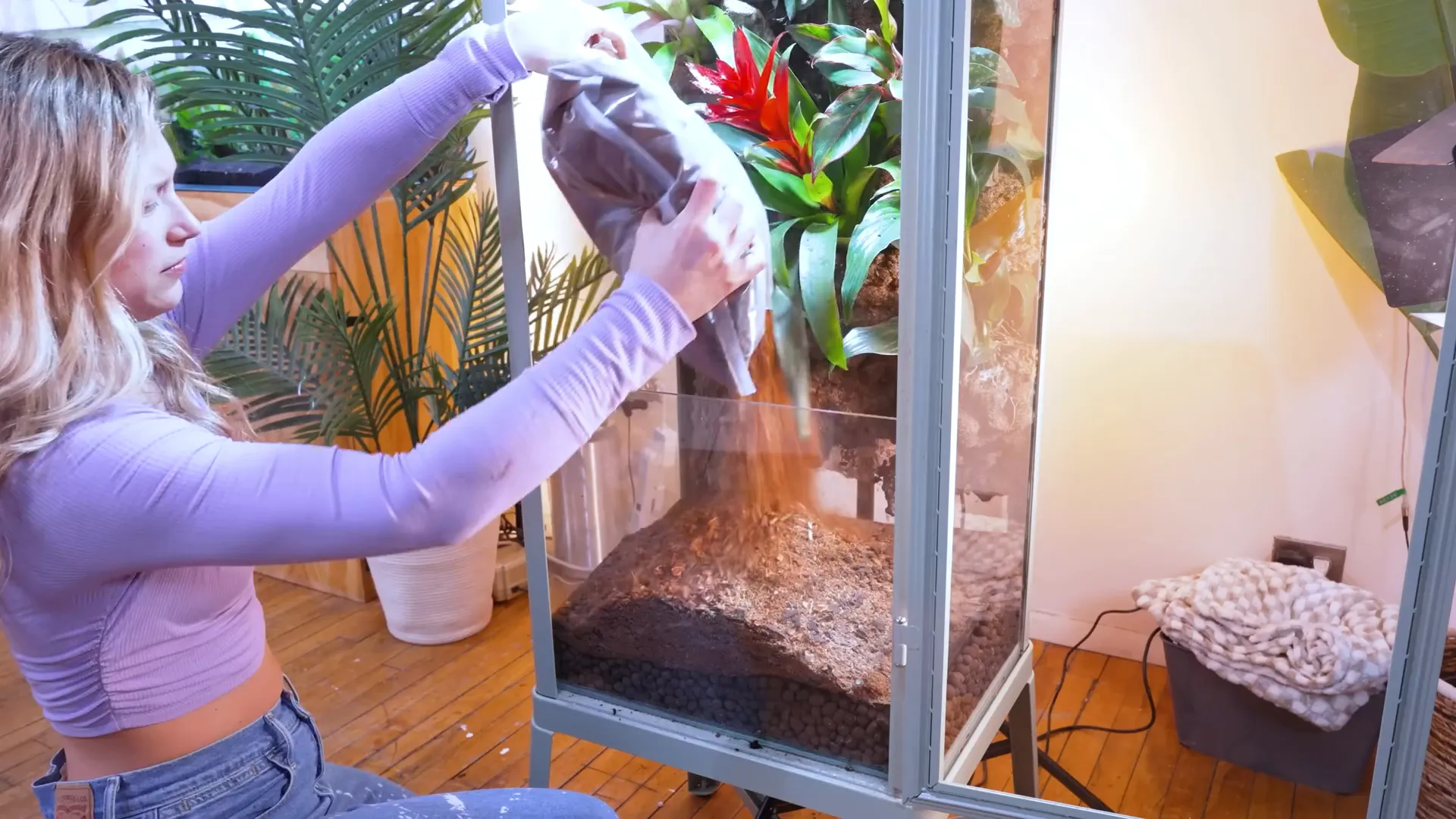
To ensure humidity levels were optimal, I introduced a fogger. This would simulate the natural mist found in a rainforest, providing moisture for our frogs. The atmosphere transformed into a vibrant, lush environment that felt alive.
Real rain was essential too! I created a system to mimic rainfall, allowing our frogs to experience the joy of fresh water cascading down. It was a labour of love, but seeing the enclosure come to life was worth every effort.
🐸 Introducing the Frogs to Their New Home
Finally, the moment arrived to introduce our frogs to their new habitat. It was a mixture of excitement and anxiety. Would they adapt well? Would they thrive in this new environment? I watched closely as I gently placed them into their new home.
At first, they seemed a little disoriented. The enclosure was vast compared to their previous tank. But soon enough, they began to explore, hopping from plant to plant, discovering their surroundings. It was a joyful sight!
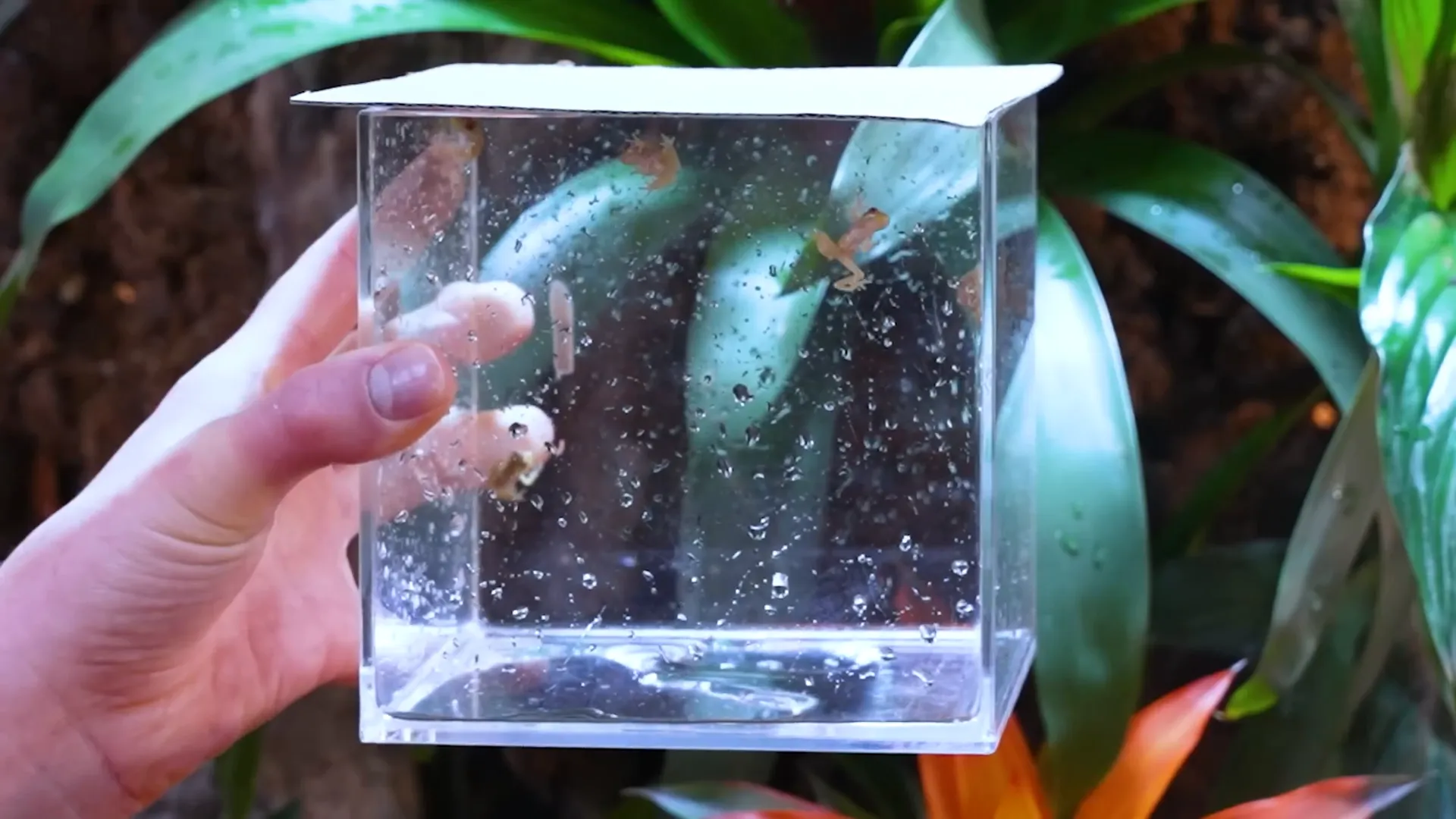
As they settled in, I observed their behaviours. Each frog had its personality, some were adventurous, while others preferred to hide among the foliage. It was fascinating to see them adapt and interact with their new environment.
Feeding time became an adventure in itself. I introduced a variety of food, including flightless fruit flies and crickets. Watching them hunt and catch their meals was a thrilling experience. They were growing stronger and more confident every day!
🌟 Final Thoughts: Reflecting on the Journey
As we reach the end of this incredible journey, I'm filled with a sense of accomplishment. From tiny eggs to lively frogs, the transformation has been nothing short of extraordinary. We faced challenges, experienced losses, but ultimately, we triumphed.
Each frog is a reminder of the resilience of nature and the beauty of life. The journey of Raising Tadpoles to Frogs has taught me valuable lessons about patience, care, and the importance of nurturing life.
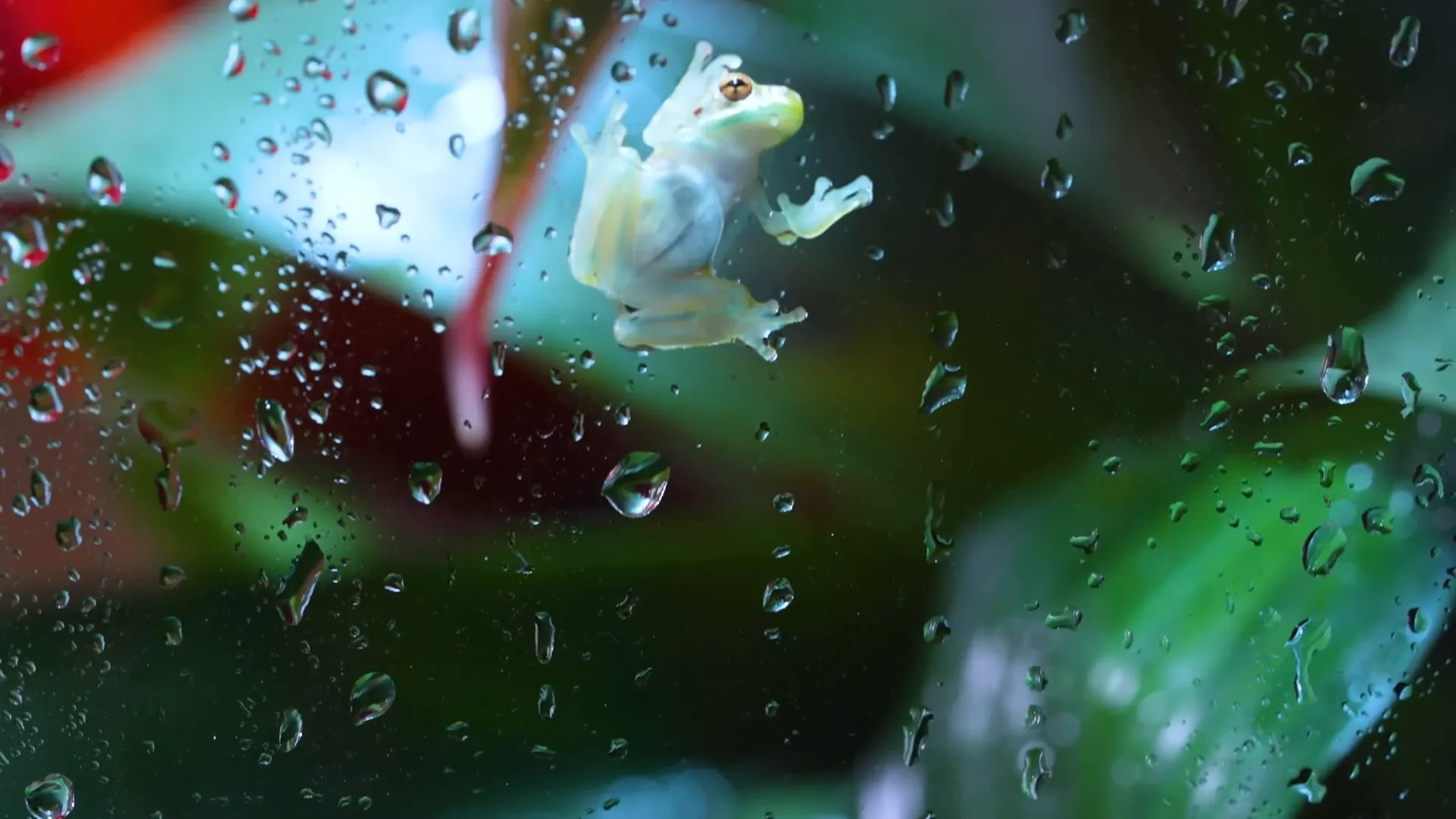
I'm grateful for the opportunity to witness this metamorphosis and to share it with all of you. As we continue our journey, let’s cherish the moments and learn from every experience. After all, every leap forward is a step towards growth!
❓ FAQs About Raising Tadpoles to Frogs
-
How long does it take for tadpoles to turn into frogs?
The metamorphosis can take anywhere from a few weeks to several months, depending on the species and environmental conditions. -
What do tadpoles eat?
Tadpoles primarily feed on algae, plant matter, and specially formulated tadpole food. As they grow, you can introduce protein sources like small insects. -
How can I tell if my tadpoles are healthy?
Healthy tadpoles are active, have clear bodies, and eat well. Watch for any signs of lethargy or unusual behaviour. -
What should I do if my tadpoles are not growing?
Ensure water quality is optimal, provide a balanced diet, and check for any signs of disease or stress in the environment. -
Can I keep frogs and fish together?
It's generally not recommended, as frogs may eat small fish, and fish can stress frogs. It's best to keep them in separate tanks.
Source and credits: All credits for the video and images go to the amazing content creator, Aquarium Info. Visit their channel for more fantastic content.









